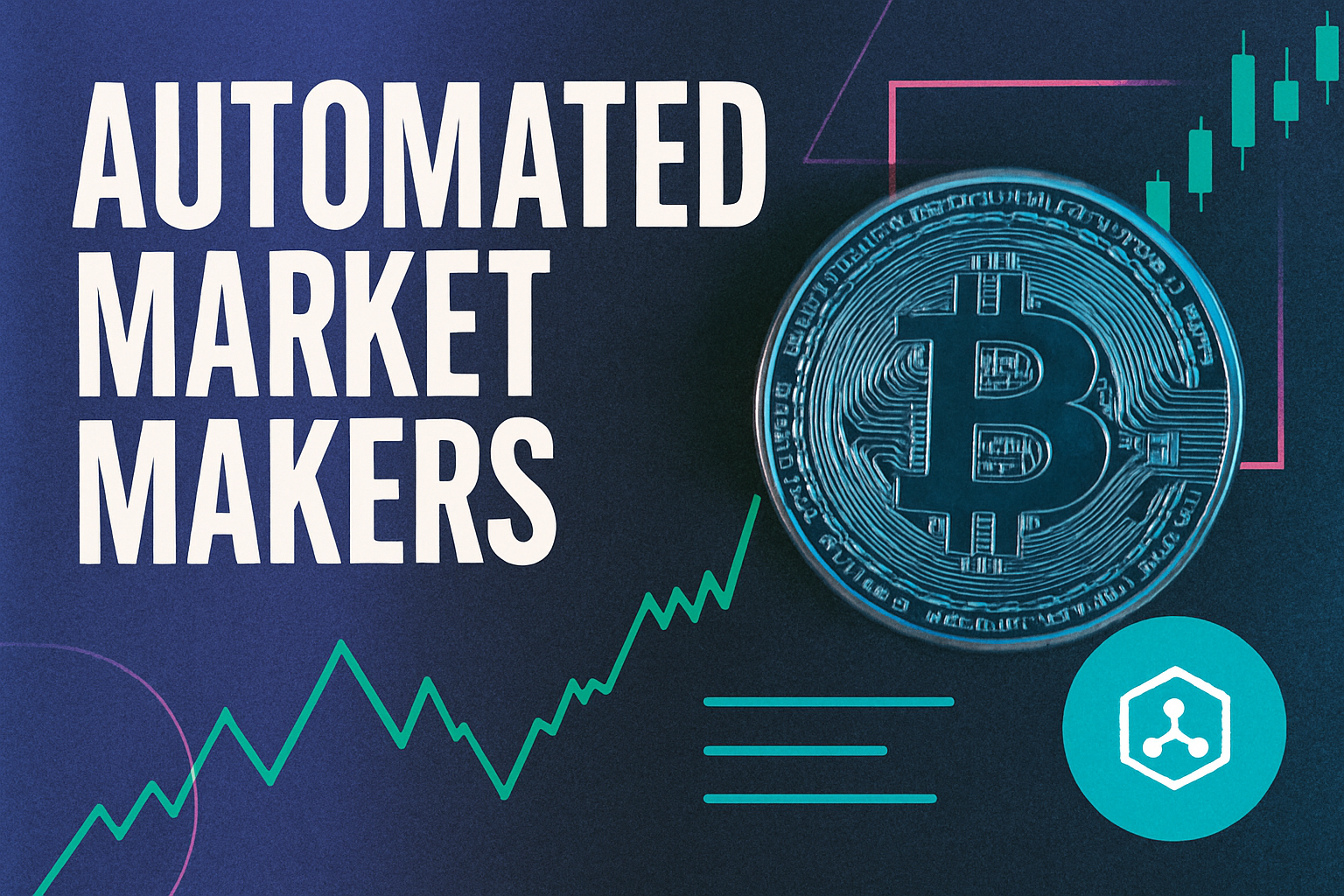
Fair MEV redistribution isn’t just a buzzword in 2025 – it’s the cornerstone of trust and sustainability in DeFi. With Ethereum trading at $3,151.02 and DeFi volumes hitting new highs, protocol developers are under pressure to design systems that don’t just capture value, but share it transparently. The good news? We’re seeing a wave of pragmatic solutions that move beyond theory and into real-world impact.

Why MEV Redistribution Matters More Than Ever
MEV – or Maximal Extractable Value – has evolved from an obscure miner trick to a central challenge for every protocol designer. Left unchecked, MEV extraction can erode user trust, fuel predatory trading, and concentrate wealth among insiders. The latest research shows that protocols with built-in redistribution mechanisms see higher user retention, more sustainable liquidity, and lower risk of manipulation. In short: if you want your protocol to thrive in 2025’s competitive landscape, you need a robust MEV sharing strategy.
Application-Level Solutions: From RediSwap to Semantic Layer
Let’s start at the application layer. Cutting-edge protocols like RediSwap have raised the bar by capturing MEV within their own pools and redistributing it back to users and LPs. Instead of letting arbitrage bots siphon off profits, RediSwap manages transaction ordering directly – slashing liquidity provider losses to under 0.5% compared to traditional models (see more here). This is no longer theory; empirical data backs up these results.
Meanwhile, Semantic Layer’s Application-Specific Sequencing (ASS) empowers DApps to control transaction ordering themselves. By internalizing MEV that would otherwise leak to validators or external actors, these protocols can craft custom execution policies and redistribute rewards according to their own governance rules.
User Incentives: Rebates and Revenue Sharing in Action
The next wave is all about direct user incentives. MEV Blocker, for example, routes trades through private channels to shield users from front-running – then auctions off the right to backrun those trades among builders. Here’s the kicker: 90% of builder rewards are paid straight back to users as rebates. In 2024 alone, this mechanism returned over 4,079 ETH directly into traders’ wallets.
This isn’t just theoretical fairness; it’s tangible value creation for real people using DeFi platforms every day. Protocols embracing this approach aren’t just protecting their users – they’re actively growing their communities by rewarding participation.
Shapley Value and Cooperative Game Theory: A New Benchmark for Fairness
If you’re looking for mathematical rigor in your revenue-sharing model, look no further than cooperative game theory, and specifically the Shapley value approach. By quantifying each participant’s contribution to overall value extraction, protocols can allocate rewards proportionally and transparently.
The RST-Game framework introduces randomized algorithms that make Shapley-based distribution practical at scale, a huge leap for real-world deployment on busy chains like Ethereum or Solana.
If you want a deeper dive into how these mechanisms work under the hood (and why they matter), check out our guide on protocol-level MEV redistribution strategies.
As the MEV landscape matures, we’re also seeing a renaissance in tokenomics designed specifically to combat value centralization. The U-shaped token distribution model is gaining momentum for its ability to reward both small and large stakeholders. By allocating tokens to a broad spectrum of participants, protocols like MegaETH are actively fighting against MEV exploitation by making it harder for whales or validators to dominate the rewards pool. This approach doesn’t just look good on paper; it’s already translating into more decentralized governance and stickier liquidity across DeFi platforms.
MEV-Based Staking: Turning Extraction Into Yield
Let’s talk about staking. The latest MEV-based staking models, like those pioneered by ZENMEV, are flipping the script on passive returns. Instead of relying solely on network inflation or transaction fees, these platforms deploy sophisticated bots to capture on-chain MEV opportunities in real time. Profits aren’t hoarded by a select few; they’re distributed transparently among stakers, blending node rewards with fresh MEV revenue streams. In an era where yield compression is real, this hybrid model offers both resilience and upside for everyday users.
What sets these systems apart is their transparency: dashboards break down exactly how much value comes from block rewards versus MEV extraction, so users know what they’re earning, and why.
Application-Specific Sequencing: Governance Meets Transaction Orderflow
The rise of Application-Specific Sequencing (ASS) is another major breakthrough in 2025’s fair MEV sharing toolkit. By letting DApps define their own transaction ordering rules, and even auction off sequencing rights, protocols can internalize value that once leaked out to external searchers or validators. The $42 token on Semantic Layer is a case in point: it enables not just participation in sequencing governance but also direct access to redistributed MEV flows.
This shift toward protocol-level control means less rent-seeking from outside actors and more value staying within the community that creates it.
What Developers Should Watch For
- Transparency: Real-time dashboards and open-source code are table stakes for user trust.
- Scalability: Mechanisms must work efficiently at Ethereum’s current throughput and beyond, think Solana or L2s.
- User Experience: Rebates and incentives should be seamless, not require complex claims or extra steps.
- Diversity of Participation: Tokenomic models should actively prevent centralization and encourage wide ownership.
If you’re building in DeFi today, integrating these principles isn’t just smart, it’s essential for long-term viability as users get savvier about how (and where) value flows. For more tactical strategies on integrating fair redistribution into your stack, check out our hands-on breakdown at this resource.
The Road Ahead: Sustainable DeFi Starts With Fairness
The battle for fair MEV sharing isn’t over, but protocol developers now have a robust toolkit at their disposal. Whether you’re optimizing transaction flow with RediSwap-style pools, implementing Shapley-based payouts, or experimenting with U-shaped tokenomics, the message from the market is clear: equitable redistribution builds stronger communities and healthier protocols.
If you want your project to thrive as Ethereum holds steady at $3,151.02, now’s the time to prioritize fairness, not just extraction. The winners in 2025 won’t be those who extract the most value, but those who share it best.






